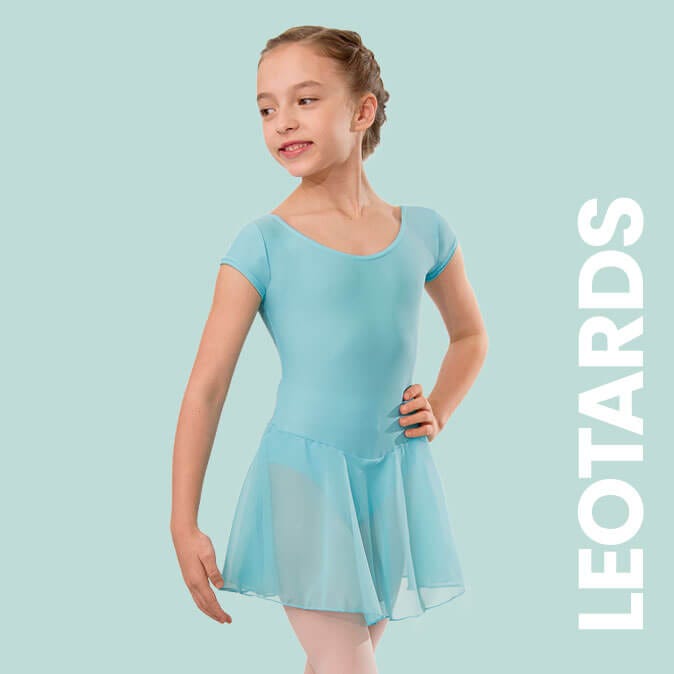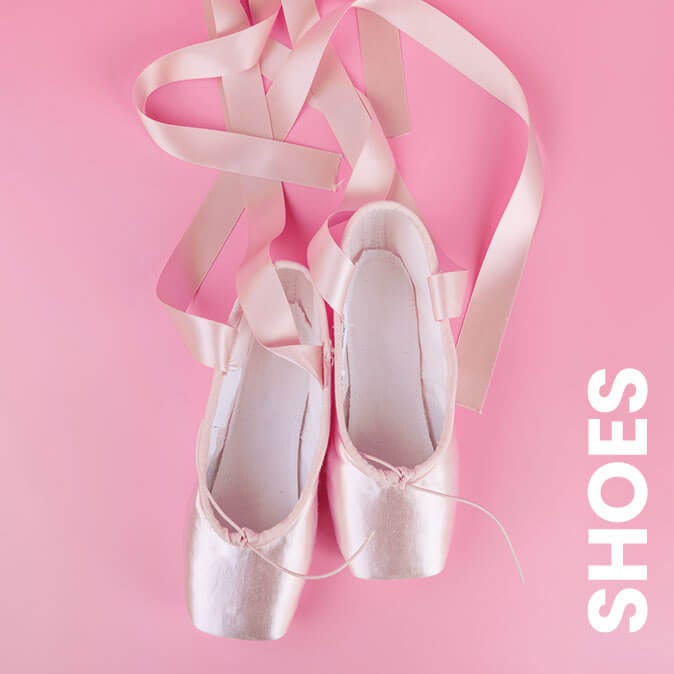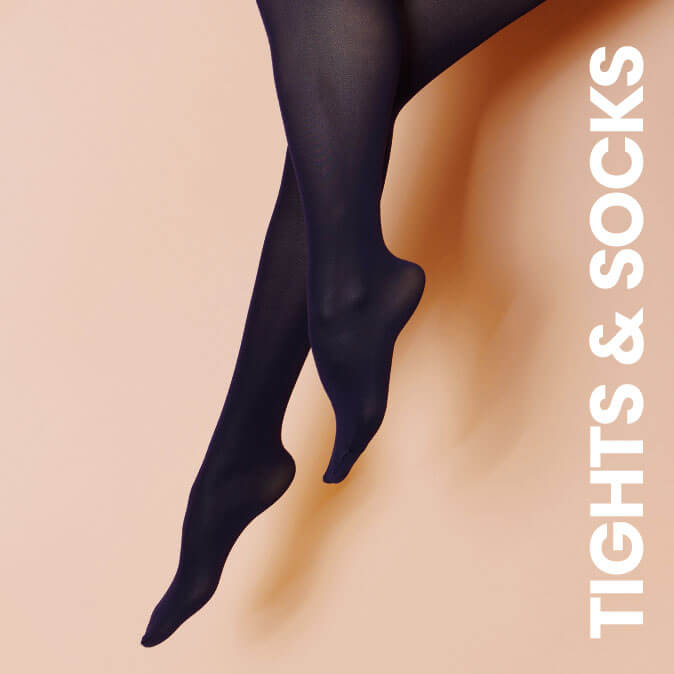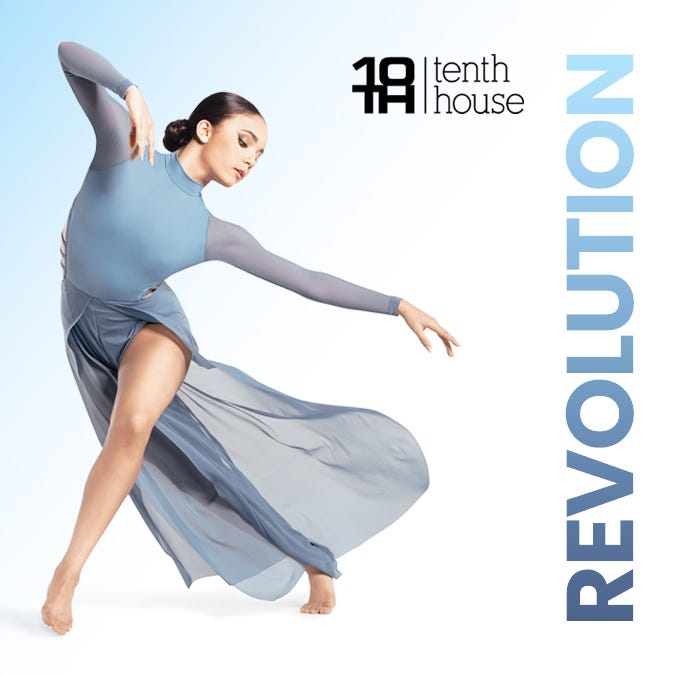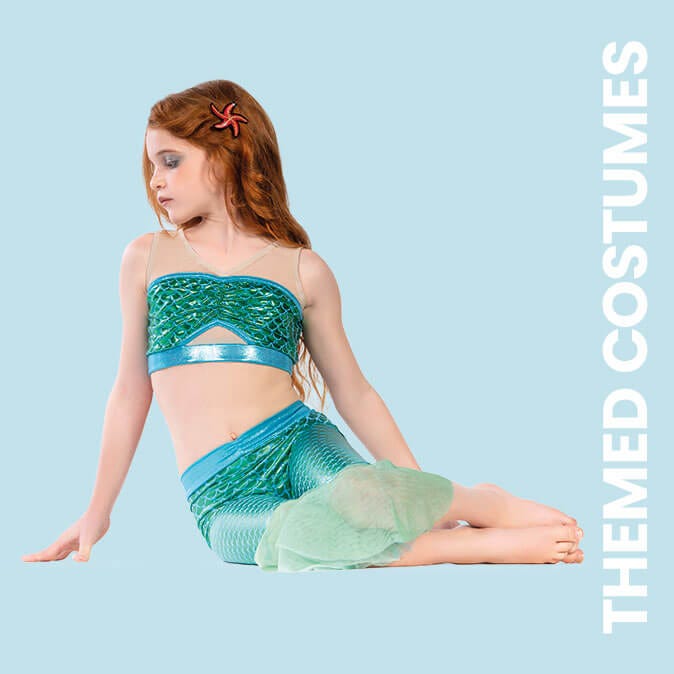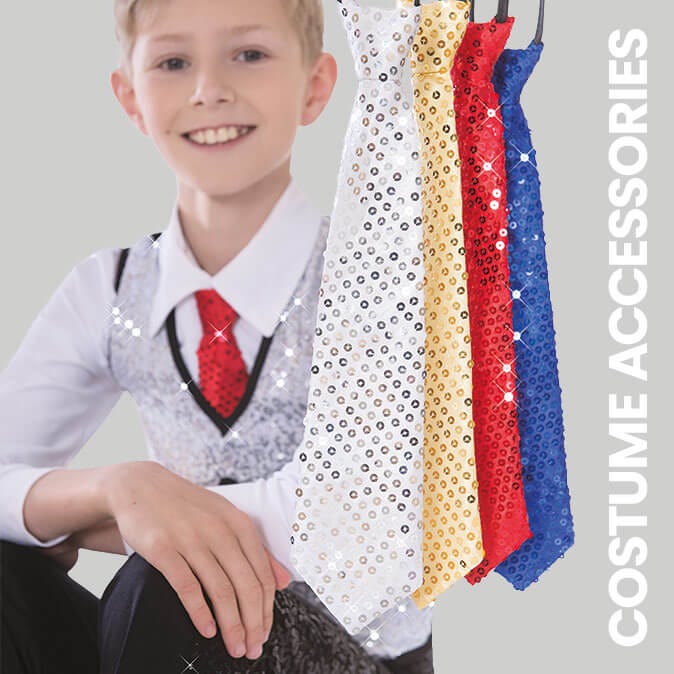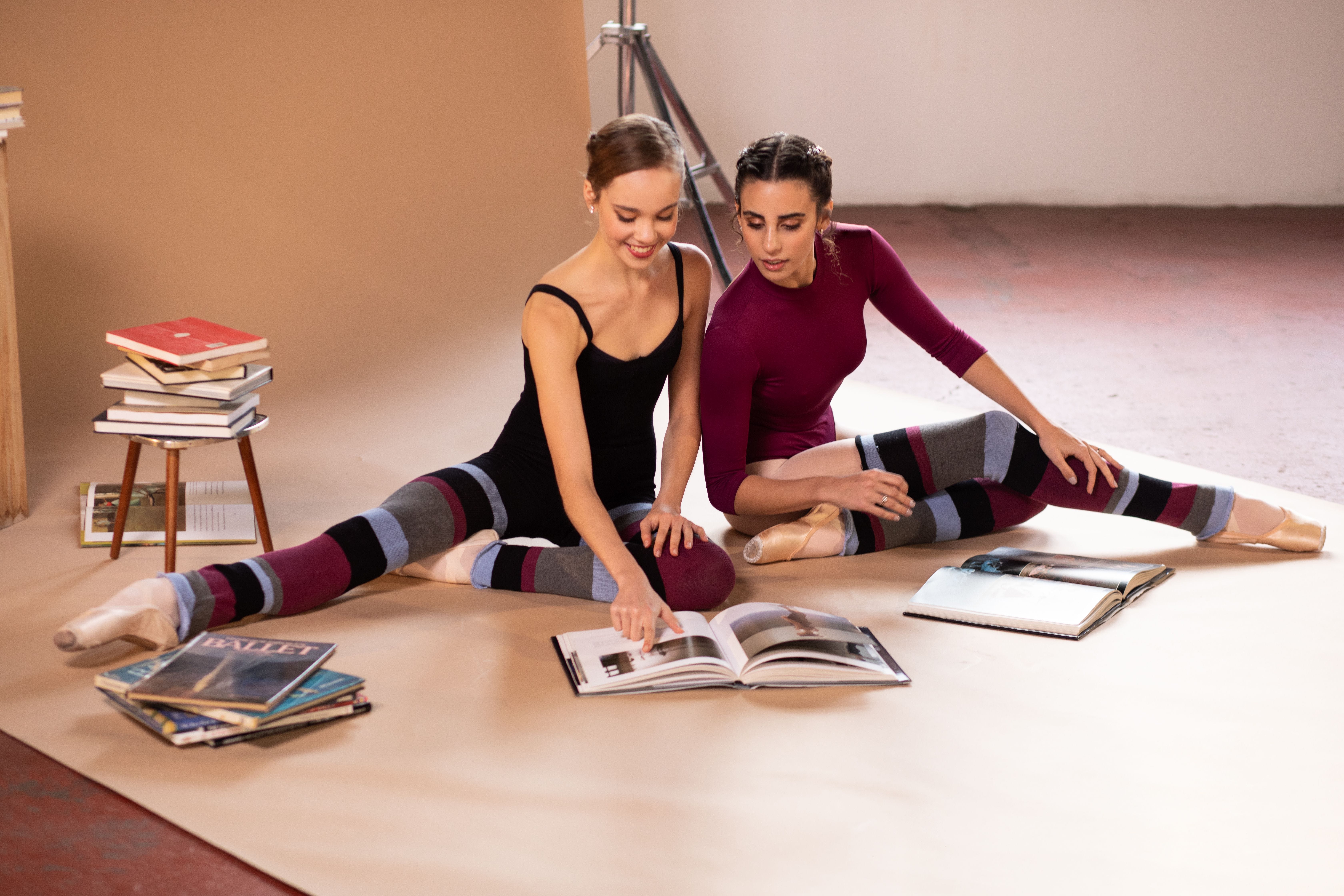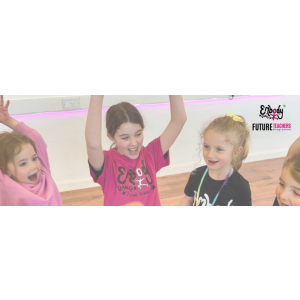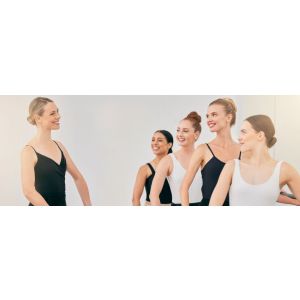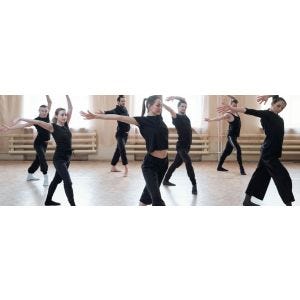Written by Nic Thomson, (Athletic Artist)
Check out her Instagram here.
A familiar and comforting phrase that can limit the impact we have on our students' development …
‘We’ve always done it this way.’
As dance teachers, we love the artistry of dance. The rhythm of tap, the stylisation of Fosse, the elegance of ballet - each style a testament to history, legacy and passion. But teaching the way we were taught doesn’t create space for new, more effective training methods. It’s easy to stick to what we know, but are we missing out on something amazing?
At Athletic Artist, we believe dancers should train across three interconnected levels: artistry, technique and athleticism. I’m going to talk about athleticism and its fundamental role in expanding your dancers technical and artistic potential. If our dancers can improve the athletic characteristics that make up dance skills, they can worry less on ‘if’ they can do the choreography you teach and focus more on execution, performance and creativity.
The physical demands placed on dancers are immense. We ask them to leap, turn, and contort their bodies in ways that require incredible strength, balance and power. It goes without saying that dance is skill-based, so in class we naturally focus on achieving a skill, not necessarily the characteristics needed to achieve it. That’s where strength training comes in.
When paired with dance training, strength training can minimise injury risks and maximise potential. In fact research indicates that strength training can reduce sports injuries to less than 1/3 and overuse injuries by almost 50% (Lauersen et al, 2014). Building stronger bodies by integrating strength training into technique classes allows our dancers to reach new heights (quite literally in their jumps) and fulfil their full potential in a safer, more effective way.
It can feel daunting to incorporate strength training into your classes when it’s not quite the ‘norm’ yet in our world, but let me share 3 reasons why you might want to consider integrating strength training into your technique classes:
- Less ‘OUCH’ more ‘AHHH’: Strength training isn’t just about building muscles, it’s about building resilience. Stronger muscles means less injuries and less injuries means more time dancing and more opportunity for your students to grow and develop.
- More Autonomy: You’re not just teaching routines for stage. You’re shaping the next generation, whether they dance professionally or not. Dancers who understand how their bodies work will develop more autonomy and independence - key elements to self-determination and selfmotivation. Whether your students go on to perform professionally or not, this will be transformational for them as individuals.
- Confident Dancers = Thriving Studios: Helping your dancers understand how their bodies move allows them to execute movements more precisely. For example, instead of always having to give the feedback ‘straighten your knees’ (which they continually forget to do), they actually learn where and how the quadriceps and hip flexors work to achieve that movement - giving them much more sensation-based and proactive feedback to your corrections. When they understand and implement this, I know your students will develop and gain much more confidence. And we all know happy dancers make for a happy studio, right?
I was scared to do something different too.
I remember the initial apprehension I felt when I started integrating anatomy-based strength training into dance technique classes. I was worried students would find it overwhelming. But the opposite happened! They loved it! They were engaged, they were empowered and they were motivated. They realised that higher kicks stemmed from strength, not solely flexibility, and that more pirouettes were rooted in glute activation and pelvic placement, not just whizzing themselves around in a circle. I saw their confidence rise and their stress lower as they truly understood what it took to achieve new dance skills. Sometimes the best way to evolve is to let go of the ‘shoulds’ and embrace the possibilities of ‘what if’.
How You Can Embrace Strength Training While Still Honouring Dance Tradition
Educate yourself: Dedicate some time each week to researching and learning about the dancing body - some topics that could be a good start are common injury patterns, maturation and growth spurts, or emotions your students feel in the dance studio.
Have more open conversations with your students, parents and colleagues: Collaboration is key for evolution - so chat with your circle about what they want to achieve, what they struggle with, what they want to know.
Integrate Mindful Movement: Introduce simple, strength-based exercises to complement your existing technique training for injury prevention and technique development purposes. A few to start could be hip thrusts, deadbugs and squats. These are all effective strength exercises to improve alignment and balance, two key factors in reduced injury risks, no matter what style you teach.
We don’t need to abandon the roots and tradition of dance to evolve dance education, we can compliment it. In fact not evolving with research like this actually puts our dancers at a disadvantage. By implementing strength training and prioritising well-being, we can create a more sustainable and fulfilling dance experience for us as teachers, and for our students.
Remember, you’re influencing humans, not just teaching choreography.
If this resonated with you, I might just have something perfect coming for you soon.

